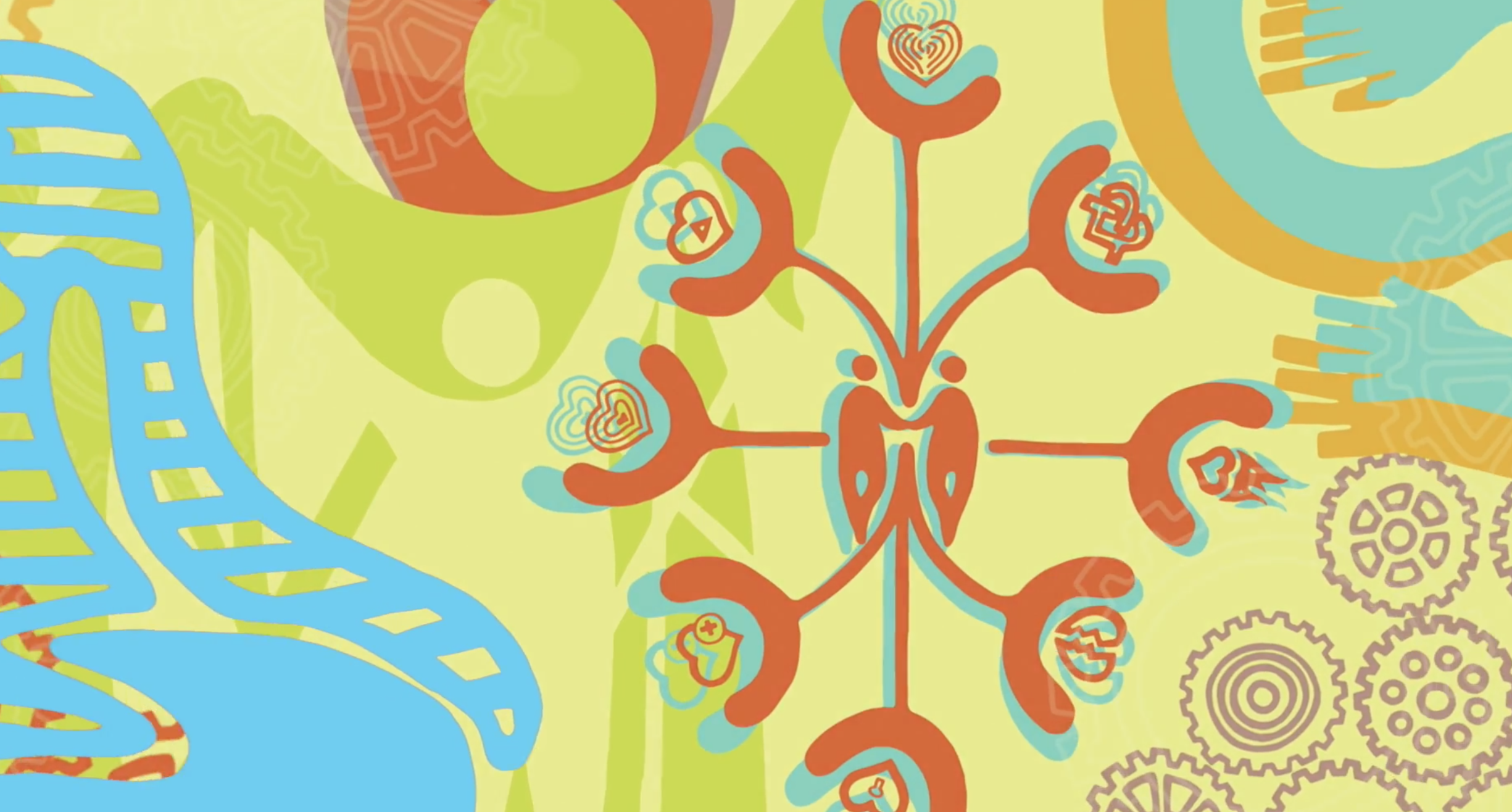Individuals with complex traumatic stress disorders can demonstrate:
- “Learned helplessness” … they feel unable to protect themselves from harm or threats, so they feel unable change their lives in a positive way.
- Dissociation … they use psychological and emotional distancing or numbing to protect themselves from fear and emotional pain. They appear to be zoned or spaced out, and emotionally shut down. They feel what’s happening isn’t real. They often have a lower heart rate.
- Hyper-arousal … they need to be always ready to protect themselves or others, they’re on edge, hyp
Helplessness and isolation are the core experiences of trauma. Power and reconnections are the core experiences of recovery.
Judith Herman, M.D., author of Trauma and Recovery






